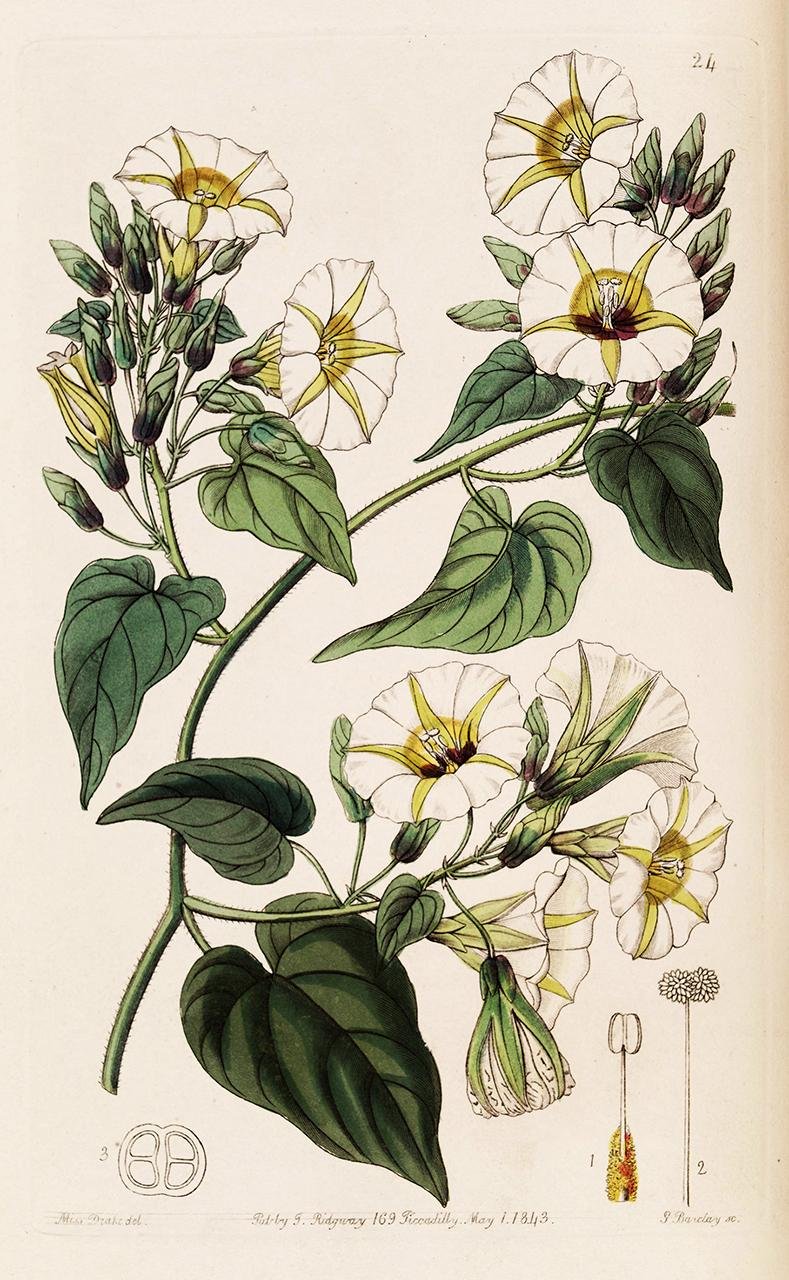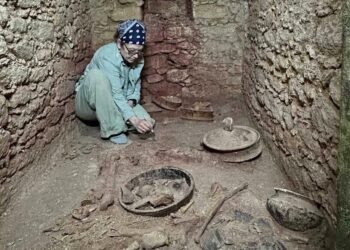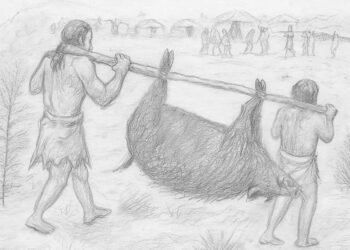In the heart of ancient Maya territories, the significance of ballcourts transcended mere entertainment, revealing deep-seated rituals and cultural practices. Recent excavations at Yaxnohcah, an ancient Maya city in Mexico, conducted by archaeologists from the University of Cincinnati, in collaboration with various institutions, unveiled compelling evidence of ceremonial offerings beneath the ballcourt platforms.

Through innovative environmental DNA analysis, researchers uncovered a trove of botanical remnants, indicative of intentional ritual practices dating back to approximately CE 80.
Professor David Lentz, lead author of the study, said: “When they erected a new building, they asked the goodwill of the gods to protect the people inhabiting it.” Lentz likened the act to an ‘ensouling ritual.’
Among the botanicals unearthed were plants revered for their religious symbolism and medicinal properties. The presence of xtabentun, a morning glory with hallucinogenic qualities akin to LSD, underscores the spiritual depth of Maya ceremonies. Lentz remarked, “It turns out that this was a ceremonial bundle.”

Moreover, chili peppers, renowned today as a culinary spice, held paramount importance in Maya rituals and healing practices. Lentz elucidated, “For the Maya, chili peppers were more than just a condiment,” emphasizing their therapeutic significance in ancient Maya medicine.
The ritualistic offerings also included Hampea trilobata, utilized in artifact manufacture with ceremonial connotations, and Oxandra lanceolata, esteemed for its medicinal properties.

The meticulous environmental DNA analysis, facilitated by cutting-edge techniques, revealed insights into Maya cultural practices previously shrouded in mystery. Professor Alison Weiss, study co-author and professor emerita with the UC College of Medicine, hailed the significance of ancient DNA sequencing in unraveling the secrets of past civilizations. She said: “Ancient DNA sequencing is amazing.”
The discovery challenges conventional perceptions of Maya ballcourts solely as sites of athletic competition, unveiling their intrinsic spiritual and ceremonial significance.
Professor Nicholas Dunning, an expert in Mesoamerican cultures, Said: “The site started out as a humble residential structure built on bedrock. These community founder sites grew into places enshrined by monumental architecture. Over time, important family members were buried within the expanding platforms, imbuing these places with power. The Maya practiced ancestor worship.”
As the study authors delve deeper into the complexities of ancient Maya civilization, they confront the dichotomy of human existence encapsulated within these archaeological marvels. Professor Lentz added: “We see the yin and yang of human existence in the ancient Maya. To me that’s why they’re so fascinating.”























